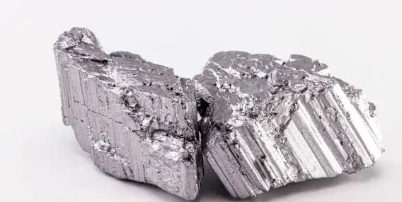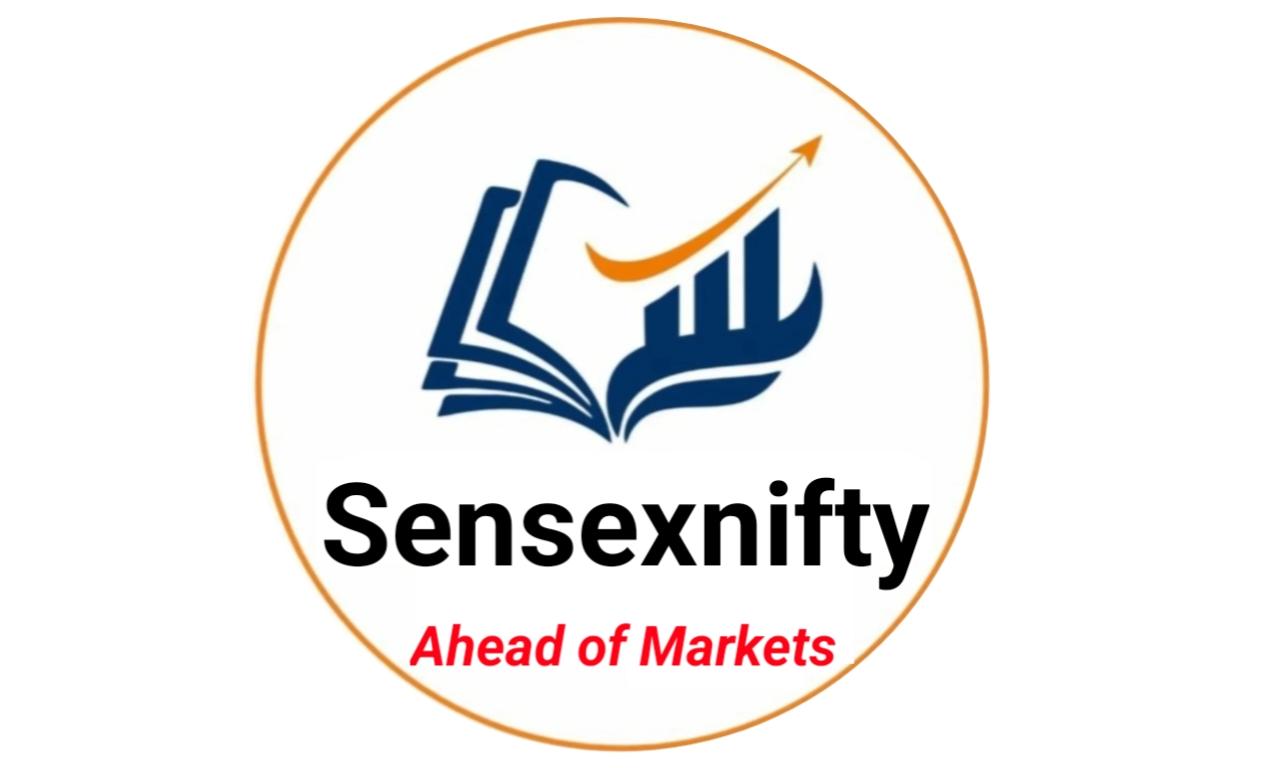
Geopolitical tensions and China's strategic control over rare earth minerals are once again in focus as CLSA releases a detailed report analyzing the impact on the global automotive industry. With supply restrictions from China continuing since April, the report delves deep into how the electric vehicle (EV) segment, in particular, could face significant challenges. Here's an in-depth look at the report and the broader implications for Indian and global auto players.
CLSA’s report emphasizes two main divisions within the automotive sector that are affected differently by rare earth magnet supply constraints—internal combustion engine (ICE) vehicles and electric vehicles. According to the report, ICE vehicles are relatively less vulnerable since they can find alternative components that don’t rely heavily on high-temperature rare earth elements. On the other hand, electric vehicles and related auto ancillary suppliers face a more serious risk.
Electric vehicles rely on components that operate at higher temperatures, demanding specific critical minerals—many of which are processed and supplied by China. Given this dependency, any disruption in China's supply directly impacts companies with a large share of their revenue coming from EVs or those supplying to the EV ecosystem.
Among Indian companies, Bajaj Auto is highlighted in the report as one of the most exposed, owing to its dominant position in the two-wheeler and three-wheeler markets. The EV segment forms a growing part of their product portfolio. Another name that stands out is Sona BLW Precision Forgings (Son BLW), which generates around 36% of its revenue from battery electric vehicle (BEV) components. Both companies could face headwinds if the supply situation worsens or if China enforces stricter controls.
However, the report also provides some relief to broader market participants. The overall impact of rare earth magnet supply constraints on the auto sector’s earnings for calendar year 2026 is projected to be minimal. That’s because, as of now, the revenue contribution of EVs to the total auto sector remains in the mid-single digits. Furthermore, the EBITDA impact is assessed as neutral to negative, suggesting that while there may be concerns in certain segments, the sector as a whole might not face widespread disruption.
Diving deeper into the market sentiment, market expert Dharmesh echoes similar views. He notes that there might not be any major near-term impact on the auto sector. Despite the concerns, China will still need to do business and sell its supply. The real challenge lies in installing new capacity for mining and processing alternatives to rare earths—an effort that is capital-intensive and time-consuming, often taking three to four years.
Analyst Dharmesh also points out that while the industry continues to explore alternatives to rare earth magnets, these remain largely theoretical at this point. There has been no clear proof of practical, scalable implementation. In the short term, news flow around this topic may cause some anxiety among investors, but the long-term picture is more balanced. According to him, eventually, businesses will find ways to adapt, even if it means absorbing higher costs in the short term.
On the investment side, Dharmesh suggests this scenario might even present a buying opportunity. He recommends looking into quality auto ancillary stocks that may have corrected recently. He especially favors companies involved in engineering, R&D, or those with direct ties to the auto ecosystem. His top picks include JBM Auto, Bharat Forge, and Sona BLW—names that have seen traction and still hold strong long-term potential.
In conclusion, while China's rare earth magnet restrictions present a real challenge, particularly for EV-focused companies and suppliers, the overall Indian automotive industry appears relatively resilient. For now, the risks are localized to specific segments, and long-term investors may find value in strong auto ancillary names that are positioned to ride through this period of uncertainty.
Disclaimer:
This article is for informational purposes only and does not constitute financial or investment advice. The opinions and analysis are based on publicly available reports and expert commentary at the time of writing. Readers should consult a qualified financial advisor before making any investment decisions.




